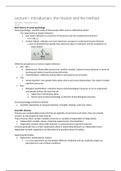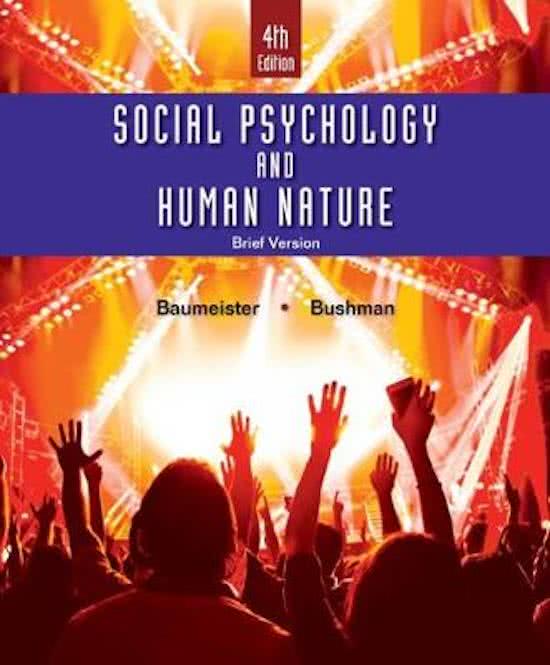Summary
Social Psychology and Consumer Behavior Summary
- Course
- Institution
- Book
Summary for the complete Social Psychology and Consumer Behavior course, including the pre-lecture videos. The first chapter is not fully complete, this one includes only notes on the pre-lecture video and some notes that were made during the lecture.
[Show more]




